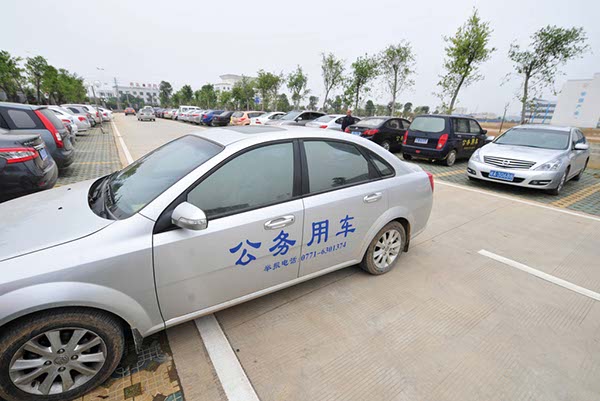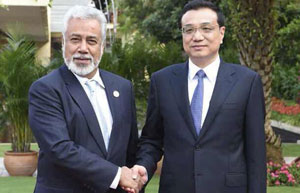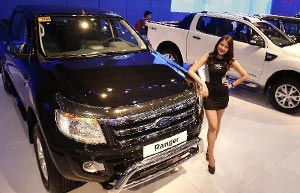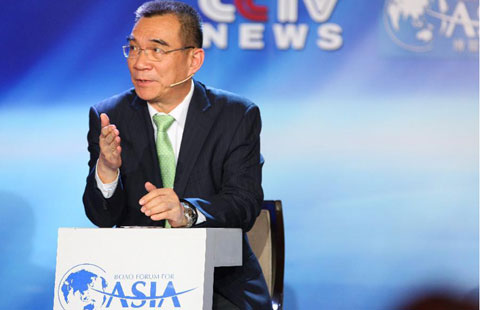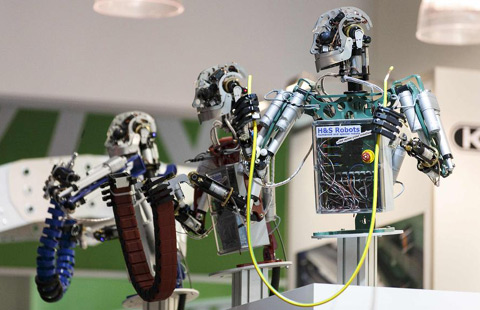Year of Horsepower: Car industry shifts gears
By Li Fangfang, Xu Xiao and Li Fusheng (China Daily) Updated: 2014-02-10 07:21Reforms target use of government vehicles
|
A car with the banner of "government car" in Nanning. Domestic brands are seeing a boom in sales to official fleets owing to new regulations mandating procurement from local sources. [Huang Xiaobang / Xinhua] |
The year 2013 saw two major reforms that affected the use of government and military fleets.
On Nov 25, a regulation against waste in Party and government offices was released, stipulating that only leaders at and above deputy-governor levels can be equipped with official vehicles. Also officials at the deputy governor level will not be granted public vehicles after retirement.
Industry insiders said this is the country's strictest regulation against the abuse of government vehicles.
They said this significant reform would help build cleaner governments as well as reduce public spending.
Independent auto analyst Jia Xinguang said the reform will not have a major impact on the passenger vehicle market.
He said annual purchases of government vehicles are expected to decrease by 300,000 units, but the cut only accounts for 2 percent of China's entire passenger vehicle market, which is projected to have annual sales of 16 million units.
Analysts are also predicting that a policy requiring the army to procure cars from domestically developed brands will be a boon for the national industry.
They said the practice may spread to more Party and government offices.
Such reforms are likely to influence some foreign automakers that mainly focus on China's government vehicle market, said analysts, adding that joint ventures will develop more local brands to adjust to the market change.
- Premier Li meets with Timor Leste's Prime Minister
- China encourages development of private healthcare
- Lufthansa Cargo strengthens its presence in China
- China battles for rags-to-riches stories
- Cars, models at 10th Manila Intl Auto Show
- Jack Ma to acquire 20% of Wasu Media
- XP's demise helps Chinese IT developers
- GM planning lower-priced version of 2016 Chevy Volt
